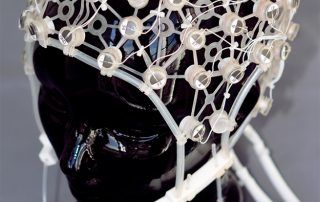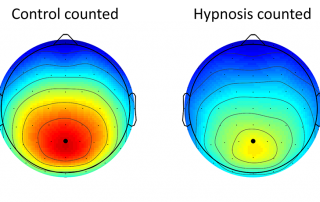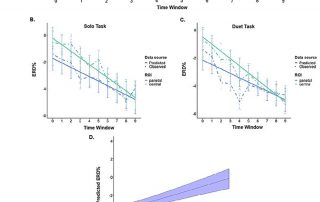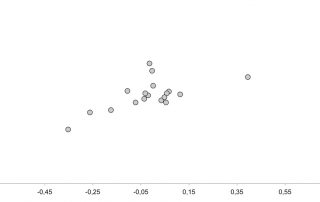The new Brain Products R-Net, a saltwater-based electrode system for research applications
We were proud and excited to reveal a new product at Neuroscience 2017. The R-Net is based on saltwater sponges and passive Ag/AgCl electrodes that are held in place with a durable and flexible silicone structure. It allows for rapid preparation and high recording flexibility.






